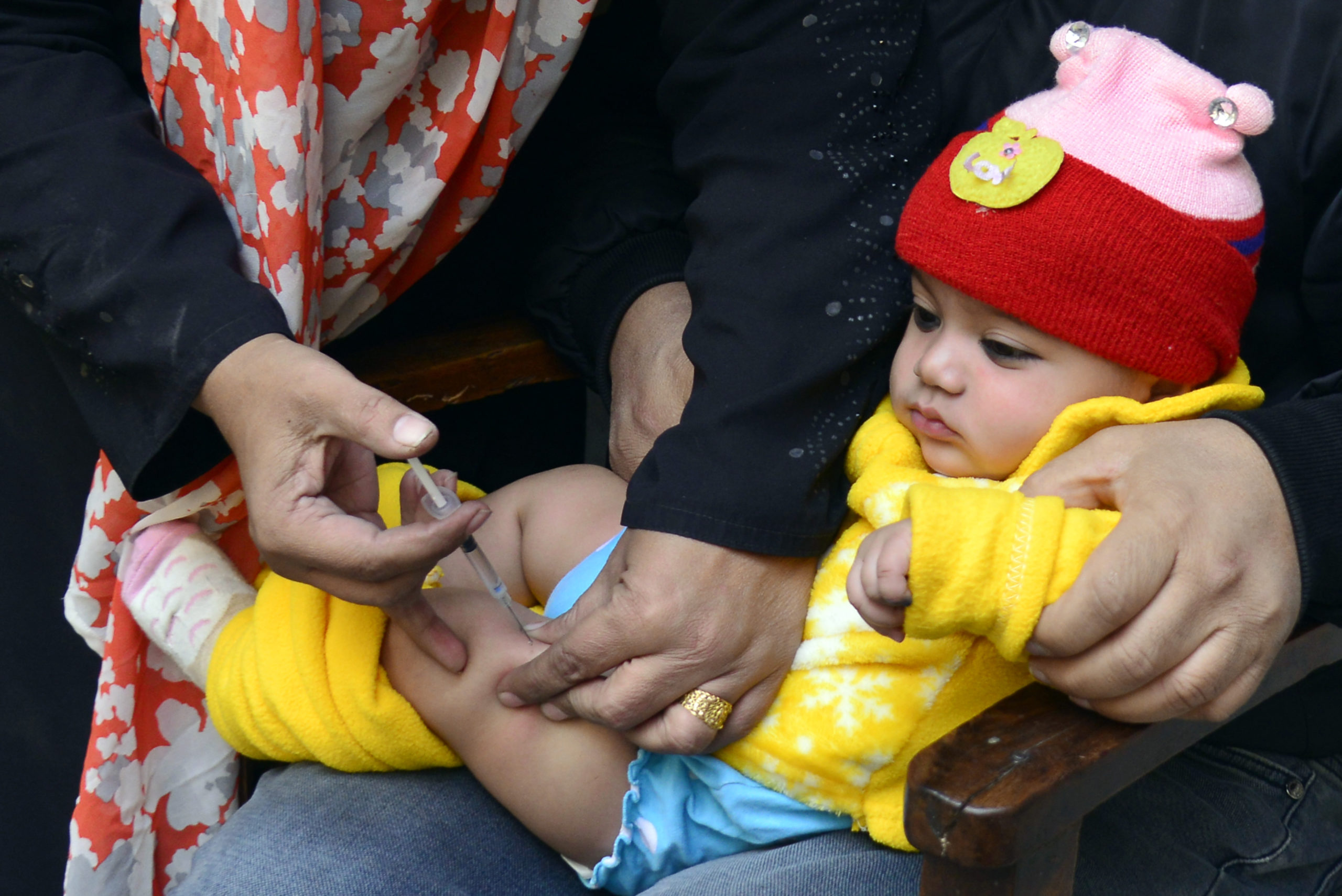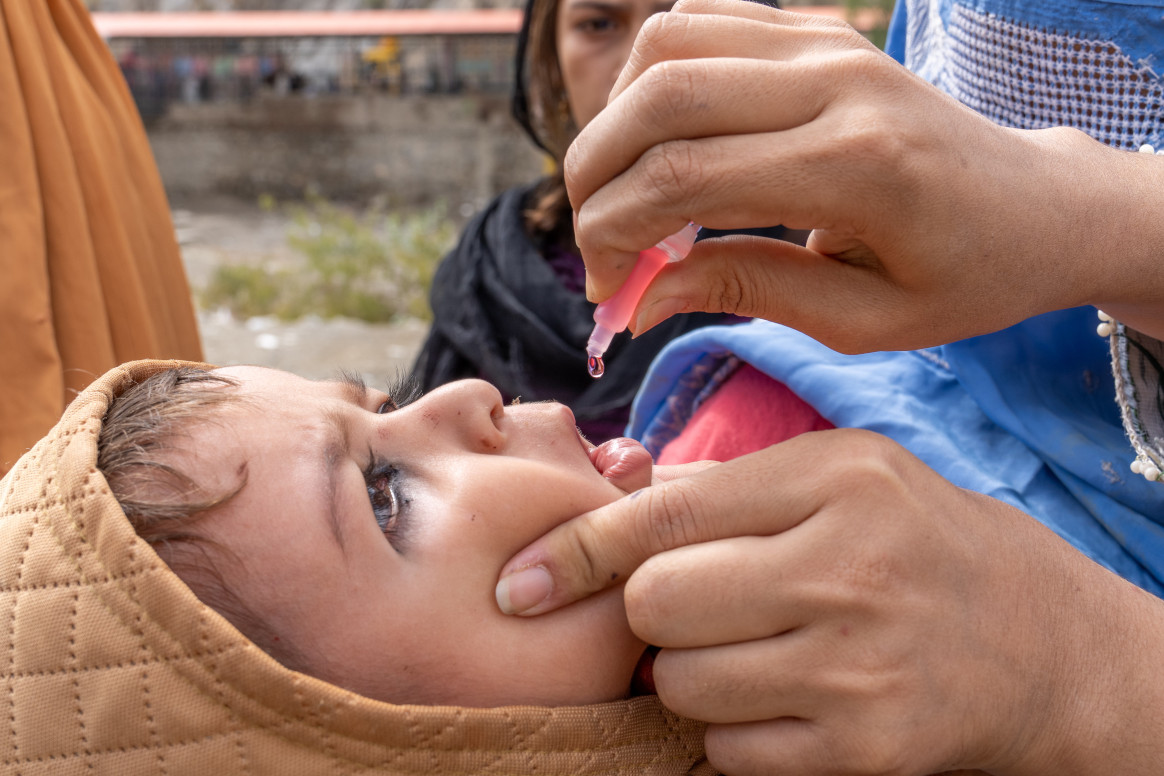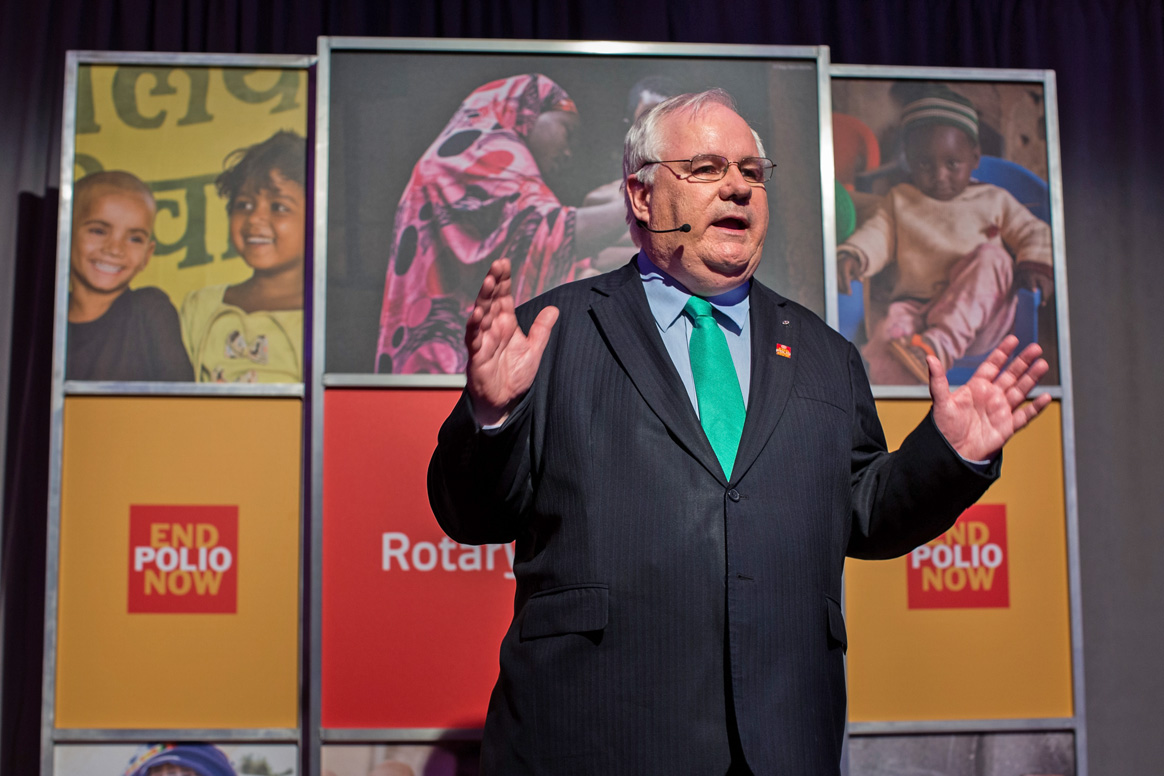
Being sure that the poliovirus is gone for good is as important as knowing when it is there. In cities and villages all over Bangladesh, networks of teachers, religious and local leaders, students, doctors, laboratory technicians and data analysts are alert for children with acute flaccid paralysis (AFP), the symptoms that give a warning that polio might be circulating in the area.
Through a series of photos meet Dr Mahbuba Jamil, the Manager of the National Polio and Measles Laboratory in Bangladesh, and other key people in the chain as they collect, process and test samples in a complex, month-long process spanning from the child to the laboratory.
The polio surveillance cycle begins with a child whose life has been devastated by paralysis, but will end with generations of children free from the threat of polio.



